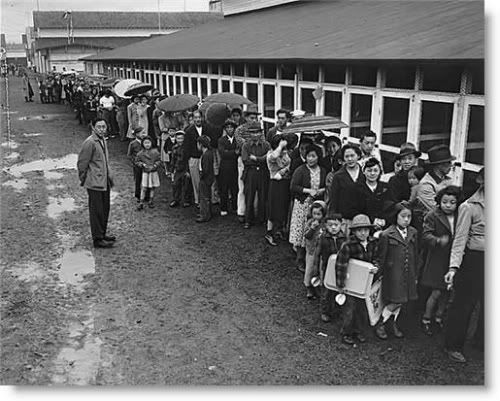Like African Americans, Native Americans, Latin Americans, and pretty much every non-white racial group, Asian Americans experienced their fair share of discrimination in Orange County.
According to professor John M. Liu from UCI, the Chinese were California’s first migrant workers. They built railroads, worked in agriculture, and were hugely instrumental in the early economic life of Orange County.
Despite their contributions, Congress passed the Chinese Exclusion Act in 1882 which, according to Liu, “banned the further immigration of laborers and their wives as well as disenfranchised all Chinese immigrants by making them ineligible for American citizenship.”
In 1906, California passed an Anti-Miscegenation Law, which prohibited the marriage of Asians to whites.
Excluding Chinese people led to a rise in immigration from Japan. Liu explains, “The first Japanese migrating to the Los Angeles/Orange County area came to fill economic positions vacated by a diminishing Chinese population…and to escape the virulent anti-Japanese movement taking shape in Northern California."
Unfortunately, this anti-Japanese movement spread fairly quickly to Southern California. The California Alien Land Laws of 1913 and 1920 prevented Japanese from owning land. The Immigration Act of 1924 prohibited Japanese immigrants from becoming citizens.
During World War II, all Japanese people in Orange county were forcibly removed from their homes and placed in “internment” (i.e. concentration) camps. Most lost their homes and businesses.
It wasn’t until the 1965 Immigration Act that Asian Americans could feel a little more secure in Orange County. This law, among other things, eliminated discriminatory racial quotas. Since the 1960s, Orange County has seen a more diverse and growing pool of immigrants from Asia.

Japanese Internment Camp
